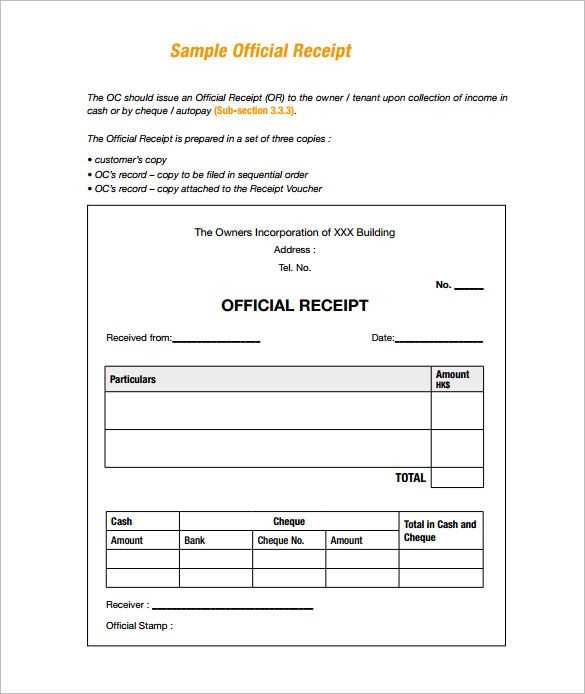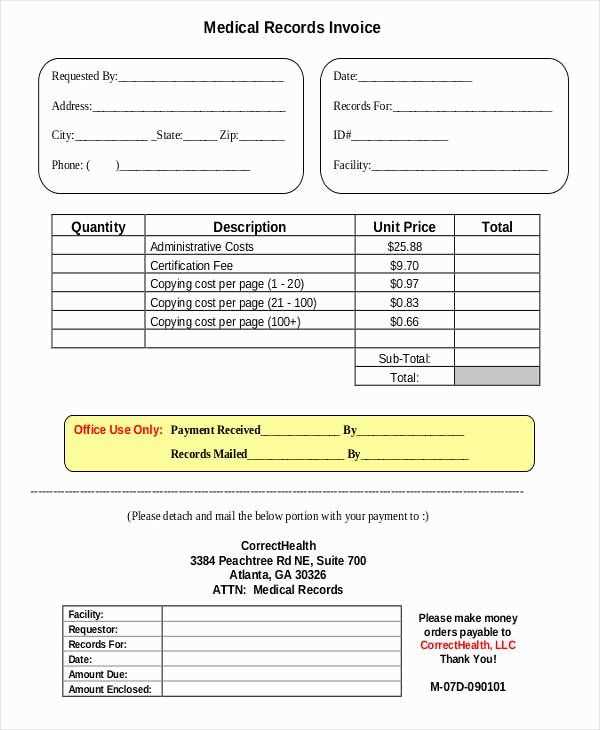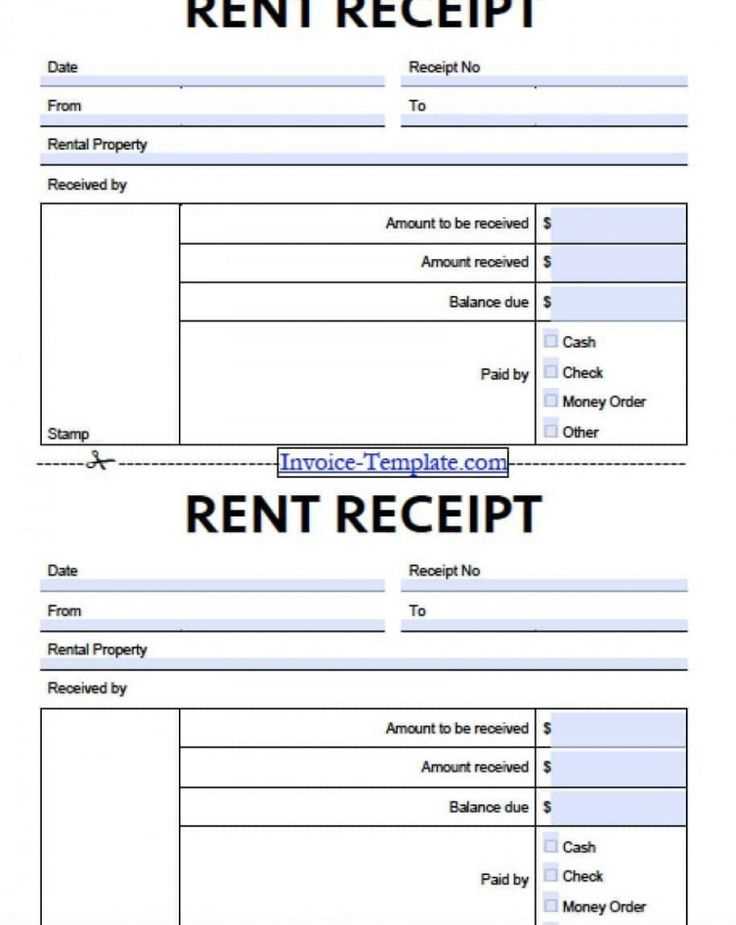
Ensure that your public records request process is transparent and well-documented with a clear, concise receipt template. This receipt confirms the acceptance of a public records request and sets the stage for further communication regarding the request’s progress. It also provides the requester with a reference point for future inquiries.
A proper receipt includes key details such as the date of the request, the name and contact information of the requester, and any specific records or information being requested. It should also mention the response timeline or any applicable fees, ensuring the requester knows what to expect moving forward.
Provide clarity by including a section for tracking purposes, allowing both parties to refer to the unique request number. This helps in organizing requests and ensures that all documents and communications related to the request are easily accessible.
Public Records Request Receipt Template

Make sure your receipt clearly includes the date of the request, the requestor’s name, and the contact details of the relevant department or office. This ensures accountability and provides a clear reference point for both the requestor and the agency. Include a unique request number to track the request easily. Clearly state whether any fees have been applied for processing and specify the expected response time. If the request is not immediately fulfilled, explain the next steps, such as the timeline for response or any further information needed.
Here’s a simple template you can follow:
Public Records Request Receipt
Date of Request: [Insert Date]
Request Number: [Insert Unique ID]
Requestor’s Name: [Insert Name]
Requestor’s Contact Information: [Insert Email/Phone Number]
Department: [Insert Department Name]
Fee (if applicable): [Insert Amount, if applicable]
Response Timeline: [Insert Expected Response Date]
Details of Requested Records: [Briefly describe the records requested]
Status: [Insert Current Status – Pending/Completed]
By including this information, the receipt serves as a clear, actionable document, ensuring that both the requester and the agency understand the process moving forward.
How to Structure Key Information in a Receipt for Public Records Requests

Begin with the requestor’s full name, address, and contact information. This ensures the receipt is linked to the right individual. Include the date the request was received to establish a clear timeline. If applicable, provide the method of submission, such as email, in-person, or mail. This helps track how the request was processed.
List the specific records requested. Be as precise as possible to avoid confusion or delays. If the request involves multiple documents, include a brief description of each item or category of records requested. This makes it easier for both the requestor and the records office to identify the items in question.
Next, indicate the estimated date for the response or completion of the request. This sets expectations for when the requestor will receive the requested records. If there are any fees associated with processing the request, clearly state the amount, along with the payment method and any applicable deadlines.
Finally, include a reference number or tracking code for the request. This provides a quick way to look up the status or details of the request in case of follow-up. If there are any instructions for further action, such as how to pay fees or submit additional documentation, ensure they are listed clearly.
Best Practices for Providing Requestor Details and Tracking Numbers in Templates

Ensure each template includes a clear and accurate section for requestor details. This should feature their full name, contact information, and the request date. Include a separate field for the tracking number, ensuring it’s unique for each request.
- Requestor Information: Include fields like name, address, and email. This makes it easy to verify who submitted the request and follow up if necessary.
- Tracking Number: Generate a unique identifier for every request. This number should be visible in the header or footer, helping both requestors and staff quickly locate or reference the request.
- Consistency: Maintain a consistent format for requestor details and tracking numbers across all templates. This consistency aids in quick identification and retrieval of records later.
Make sure these fields are prominently displayed and easy to fill in. This will help avoid confusion and reduce delays in processing. The tracking number should also be linked to the requestor’s information in your internal system for quick lookup.
- Validation: Include validation rules to check that required fields, such as name or email, are completed. This minimizes the chance of missing information.
- Clear Instructions: Provide brief instructions on how to fill in the details, especially if a specific format for tracking numbers is required.
Lastly, implement a system where tracking numbers are automatically generated and assigned to requests. This reduces human error and ensures every request has a clear and unambiguous reference number for future follow-up.
Legal Considerations and Compliance Guidelines for Public Records Request Receipts

Ensure that your receipt includes the date and time the request was received. This is critical for tracking the timeline and ensuring compliance with the applicable public records laws, which often specify response times. Record retention policies must be followed, so include any reference to specific records requested and the format in which they will be provided.
Accurate Acknowledgment of Requests
Clearly acknowledge the details of the request. This helps avoid confusion and provides a clear trail for both the requester and the government agency. It should include a description of the documents or information being sought, as well as any applicable fees or charges associated with fulfilling the request.
Compliance with Deadlines and Fees
State the expected time frame for providing the records, and if applicable, explain the basis for any delays or extensions. If fees are involved, be transparent about them in the receipt. Mention whether fees are based on document copying costs, administrative expenses, or other factors. Make sure these charges align with the guidelines set by the relevant laws or regulations.


